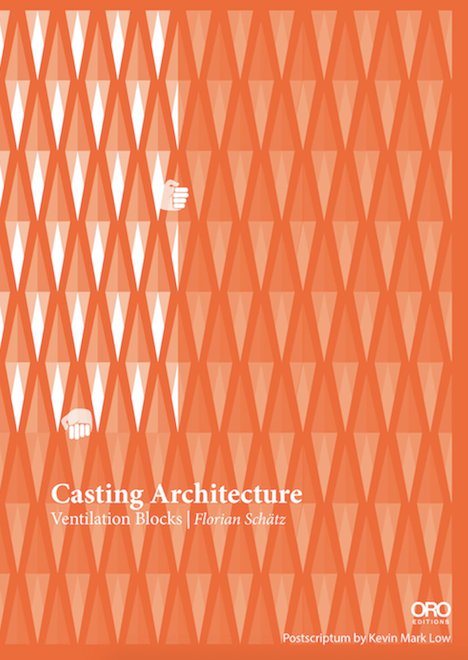Askim Memorial Grove by Sweco Architects
Gothenburg, Sweden

Terraced burial grounds gradually ascend toward the church.
Photo © Åke E:son Lindman

The old graveyard overlooks the new memorial grove.
Photo © Åke E:son Lindman

At the bottom of the hill, against a granite-block wall, is a bench for contemplation and steel shelves upon which visitors can place candles.
Photo © Åke E:son Lindman



Architects & Firms
An environmentally sensitive alternative to the mausoleum, memorial groves—communal plots where cremated remains are buried in paper urns that biodegrade over time—have become a regular part of death rites in Sweden. So, when Askim Church, about 30 minutes outside the city of Gothenburg in the southwestern part of the country, ran out of space in its traditional graveyard, they hired Stockholm-based landscape architect Thorbjörn Andersson to convert an adjacent ravine into one of these burial grounds. What most excited Andersson was the opportunity to design a place for those who are left behind. “It had to be architecturally beautiful,” he says, but, more importantly, it had to defer to its mission as a place “not only to mourn, but for gaining an understanding that we have to go on.”
While the architects cleared the site of vegetation and drained it, they chose to maintain the sloping topography as a contrast to the relatively level site occupied by the church and graveyard above. “The old and the new become very identifiable, but still they are side by side,” Andersson says. The team then created stepped terraces planted with grass. Urns are buried without demarcation in these areas, and benches for contemplation are placed at intervals along the stone walkway that lines the perimeter. At the site’s north end, a granite- block wall shields the grounds from the street. Limestone panels of various sizes and colors are affixed to the wall and are engraved with the names of the dead—the only indication of who is laid to rest there. “They are anonymous in many ways,” Andersson says of the deceased. However, he hopes that the unique space each name occupies on the mosaic-like array of inscribed slabs provides a degree of comfort to loved ones.





